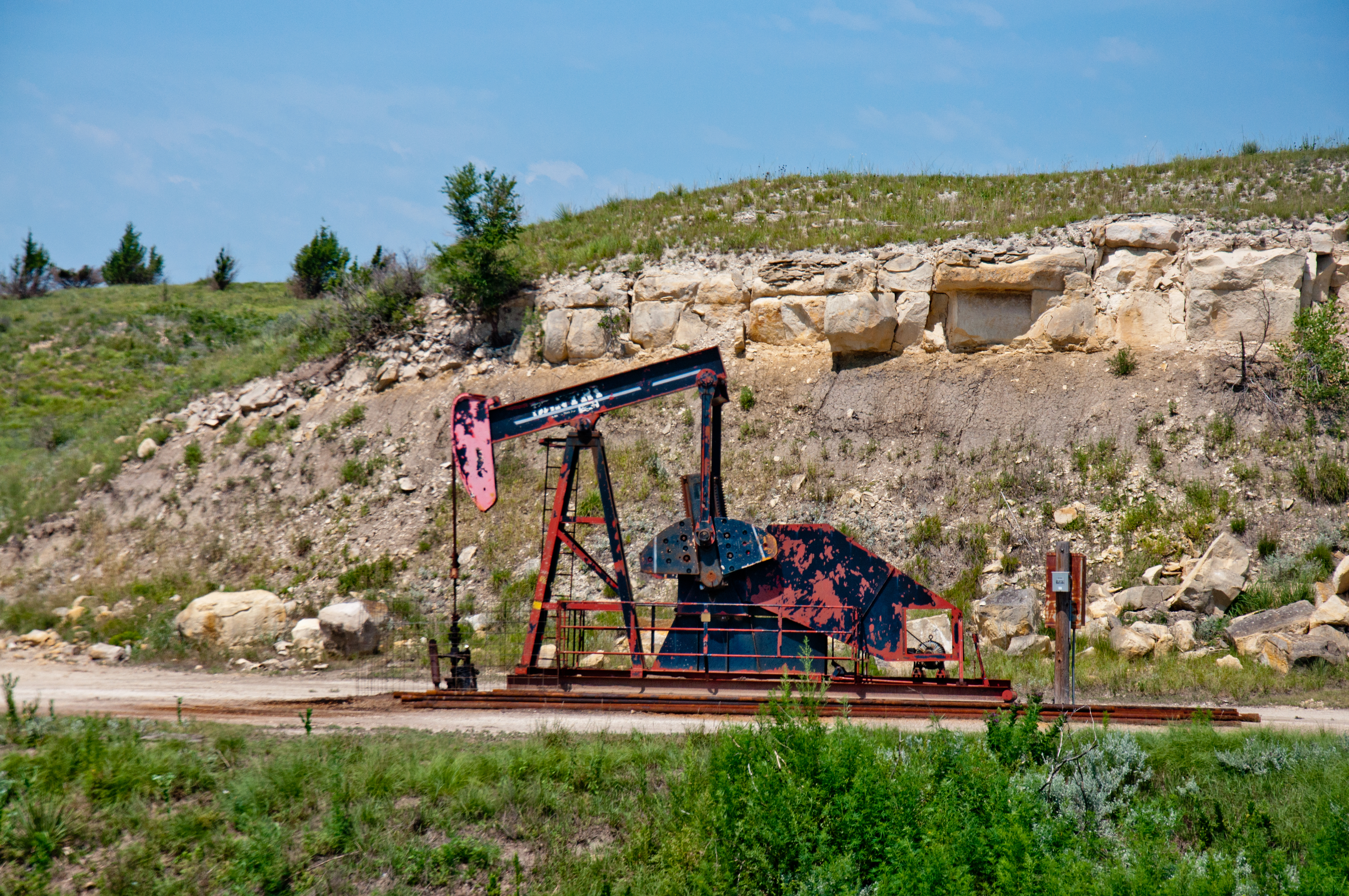By JOHN P. TRETBAR
The Kansas Independent Oil & Gas Association has announced plans for its 27th Annual Mid-Year Meeting. The meeting is April 17th through the 19th at the Kansas Star Casino in Mulvane. You can find trade show contracts as well as sponsorship and registration forms at their Web site at KIOGA.org.
Independent Oil & Gas Service reported three active drilling rigs in eastern Kansas last week, up one, and 29 west of Wichita, which is unchanged. Operators are drilling on one lease in Barton County and one in Ellis County.
They’re about to spud new wells on one site in Barton County and two in Russell County.
Baker Hughes reported 1,049 active drilling rigs across the U.S., which marks an increase of seven oil rigs and a decrease of three seeking natural gas. Alaska and California each added four active rigs, while Texas dropped three and Oklahoma was down two. Canada reports 240 active rigs, which is down three.
Regulators approved 27 permits for drilling at new locations across the state last week, seven east of Wichita and 20 in Western Kansas. There are two new permits in Barton County and one in Russell County.
Independent Oil & Gas Service reports 18 newly completed wells in Kansas over the last week. Four were in the eastern half of the state, and 14 were west of Wichita. There were two new completions in Ellis County, one in Barton County and two in Stafford County.
The Kansas Geological Society recognized and named nine new oil fields in Kansas during its meeting February 5th. They also identified a new pay source in the existing “Wondra” field in Barton County.
The government’s weekly report on crude-oil imports showed an increase of 63-thousand barrels per day last week, to 7.1 million million barrels per day. The four-week average, 7.5 million barrels per day, is about 7.3% less than the same period a year ago.
Crude oil inventories increased by 1.3 million barrels last week. Total inventories last week across the U.S. reached 447.2 million barrels, about 6 percent above the five-year seasonal average.
U.S. crude oil production increased by nine thousand barrels per day last week. Total output for the week was 11.898 million barrels. That’s 1.6 million million barrels per day more than last year at this time.
U.S. and Canadian oil-by-rail traffic continued to increase last week because of pipeline constraints. According to the Association of American Railroads, nearly 13-thousand tanker cars moved petroleum and petroleum products across the U.S. during the week ending February 2nd. That’s up more than 20% over this time last year. Totals so far this year are up nearly 24% over last year. Canadian operators moved 8,602 tanker cars, an increase of 13.7% over last year. The cumulative total so far this year is more than 32 percent higher than the same figure last year.
Pipeline restraints and declining demand have natural gas prices in a tailspin, especially in West Texas. According to Reuters, prices in the Permian basin tumbled almost 90 percent to a record low last week.
TransCanada Corp. said its Keystone pipeline was likely the source of a 43-barrel oil spill in eastern Missouri that prompted two companies to shut down pipelines as a precaution. Enbridge said its nearby Platte crude line was returning to service over the weekend. TransCanada said cleanup is underway.
The North Dakota House defeated a move to increase the oil extraction tax, the second such proposal that has failed during this legislative session. A similar bill failed in the Senate. The legislation would have restored the oil-extraction tax from the current five percent to 6.5%, the level before lawmakers reduced it in 2015. But Republican opponents argued the oil tax overhaul in 2015 also removed price-based tax breaks for the industry, which has led to the state collecting an additional $942 million from the oil industry since 2016.
A measure introduced in the New Mexico Legislature to raise oil-and-gas royalty rates on state land would also charge royalties for natural gas being vented or burned off at oil wells. Industry experts say the legislation could end up pushing more development to federal lands by making state trust lands less attractive. The industry argues that venting and flaring are sometimes unavoidable given pipeline capacity shortages and other issues. But regulators under new Democratic leadership in Santa Fe are expected to begin cracking down on emissions in the patch.
Bankrupt oil companies in Canada must pay the costs of cleaning up their abandoned wells under a ruling from that country’s top court. Justices struck down a decision that allowed them to pass those costs onto an industry-funded group. The Supreme Court of Canada, in a 5-2 decision, said companies or their receivers cannot walk away from their environmental liabilities by invoking federal legislation regarding the order in which creditors are to be paid.
Another new deepwater oil-export facility could be coming soon to the Texas Gulf Coast, at least the third to be proposed in the last year. Enbridge and Kinder Morgan have applied to the U.S. Maritime Administration for the project called “Texas Colt.” The facility would be located off the coast of Freeport, Texas, and would go into service in 2022. The Oil & Gas Journal reports the facility could fully load a two million barrel Very Large Crude Carrier in about 24 hours.
Saudi Arabia cut its crude output in January by about 400,000 barrels per day. Reuters reports the kingdom has surpassed its promises to cut exports to balance the market and support prices.

